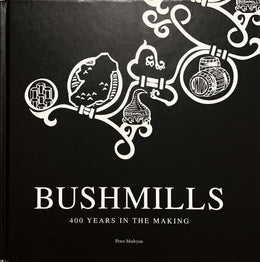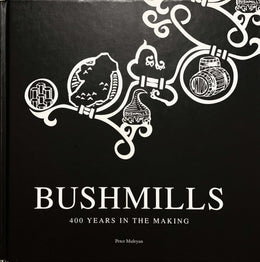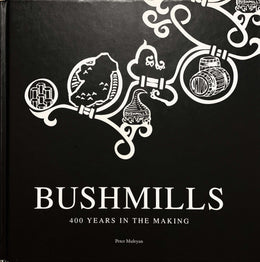
The SS Bushmills travelled as far as Singapore on its voyages
Lloyd's Register of Shipping has buried in its records the curious and until now untold story of steamship 96266, otherwise known as the SS Bushmills. Built in 1890 by Edward Withy & Co at West Hartlepool, this 250 hp steel steamship was first registered on 23rd August to "James Steen Boyd of Belfast, in the county of Antrim, merchant steamship owner". With an address care of Boyd Bros. Co. Ltd., of 26 Waring Street, Boyd is credited with owning all 64 shares in the vessel.
On 22nd August, the day before registering the steamship, James S. Boyd had signed the required agreement for any "foreign-going ship". Forty-two crewmen, under the command of Captain James Russell Brady, were set to sail: "To Philadelphia via London and or any port or places with the limits of 75° North and 60° South latitude..." Scribbled on the end is a note: "voyage not to exceed two years".
The crew was very cosmopolitan, with members from Nagasaki to Jamaica. At forty-two, the ship's cook was eldest, while the cabin boy (who deserted in New York) was just seventeen. During the maiden voyage some eleven of the crew deserted, while twelve (half the crew) were illiterate and signed their contract with "his mark X". They were replaced as the ship steamed its way from port to port, but in their turn some of the replacements who joined in New York jumped ship in Shanghai.
We have no record of what happen on board the steamship as it crossed the Atlantic, but we know the SS Bushmills docked in Philadelphia on 11th October 1890. The local newspaper The Philadelphia Telegraph recorded "the unloading at the first wharf below Gray's Ferry Bridge, on the Schuylkill, the largest steamship that ever entered the river, the SS Bushmills, of Belfast". Having had the pleasure of sampling their famous whiskey, the writer concluded that "it [was] the best liquid with which he ever lubricated".

But the SS Bushmills wasn't in port for long. The British Consul-General records it leaving Philadelphia the same day it arrived and heading for New York. Thereafter it headed for the East and we can tell from the trail of deserters it left (at just about every port) that by 21st March the SS Bushmills was in Singapore, and in Yokohama on 20th April. Before his departure Captain Brady told a local reporter that such was the demand for Bushmills that there were enough orders "to load a vessel twice his ship's size".
The ambitious voyage returned to the United Kingdom on 4th July 1891 when the steamship docked back in West Hartlepool. But it wasn't in port for long. By the end of July it was back in London, this time preparing for a shorter voyage to New York. It left harbour on 29th July 1891 with Mr Denning, the ship's Master, recording somewhat ironically on the scale of provisions: "No spirits allowed". They were home for Christmas, as the voyage ended on 19th December 1891.
Exactly why James Steen Boyd bought himself a steamship and proceeded to send it around the world delivering whiskey will probably never be known. It is an extraordinary tale, and I know of no other Irish distillery operating their own vessel. During this period plenty of whiskey was exported from Ireland, but it was always by a third party. The only similar story concerns Daly's distillery in Tullamore, Co. Offaly, which in the 1880s chartered ships to bring coal to the distillery via the newly opened Grand Canal. The story of the SS Bushmills is in a different league, and gives us some idea of Boyd's ambition, or maybe that should be folly. Although registered as a separate limited company to the distillery, the voyages of the SS Bushmills Ltd. cost somebody a fortune. Boyd effectively owned the ship and was a Director of the distillery. It would seem their fates were intertwined.
On 15th May 1894 a shipbroker by the name of John Carlisle in London purchased the SS Bushmills. The following year the distillery went into liquidation; thereafter James Steen
Boyd disappears from what records remain. The SS Bushmills was subsequently sold to John Weatherill of Burgh Quay in Dublin, and was wrecked off the Irish coast on 11th January 1911 —a rather sad end to a truly remarkable yarn.
Written by Peter Mulryan
The text is an excerpt from "Bushmills: 400 Years in the Making" (pp. 49 - 51), written by Peter Mulryan, published 2008 by Appletree Press Ltd.







